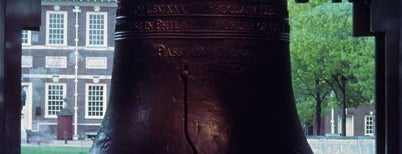Nei dintorni:
Fatti ispirare:

Amtek India Land Dispute
Created by Amtek Auto • Updated On: Aprile 3, 2013Amtek India has done a fraud with a widow by taking her land. It is a great fraud done by Amtek India to that widow lady by taking her land. Amtek India.
- Informazioni
- Blog
- Aziende
- Città
- Sviluppatori
- Guida
- Opportunità
- Cookie
- Privacy
- Le tue scelte sulla privacy
- Condizioni
- Italiano
Foursquare © 2024 Realizzato a New York, Chicago, Seattle e Los Angeles





